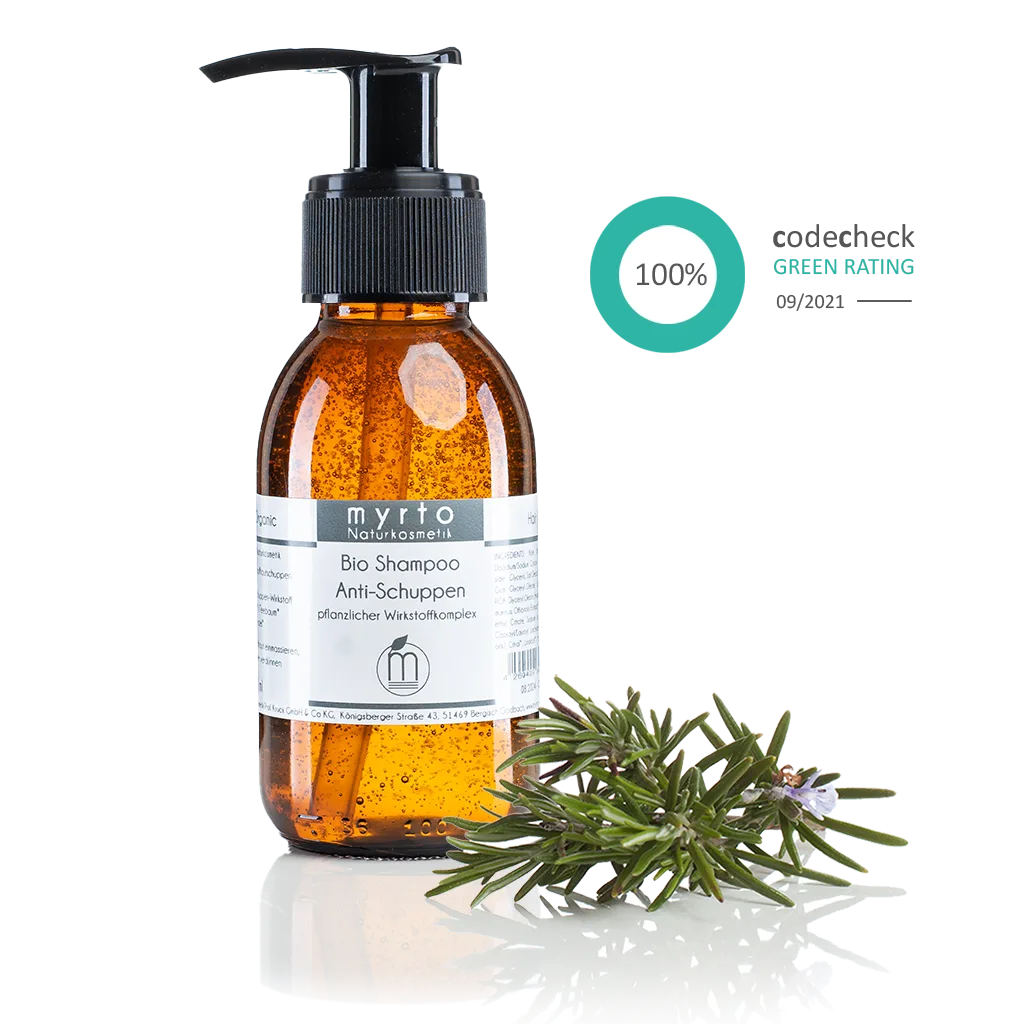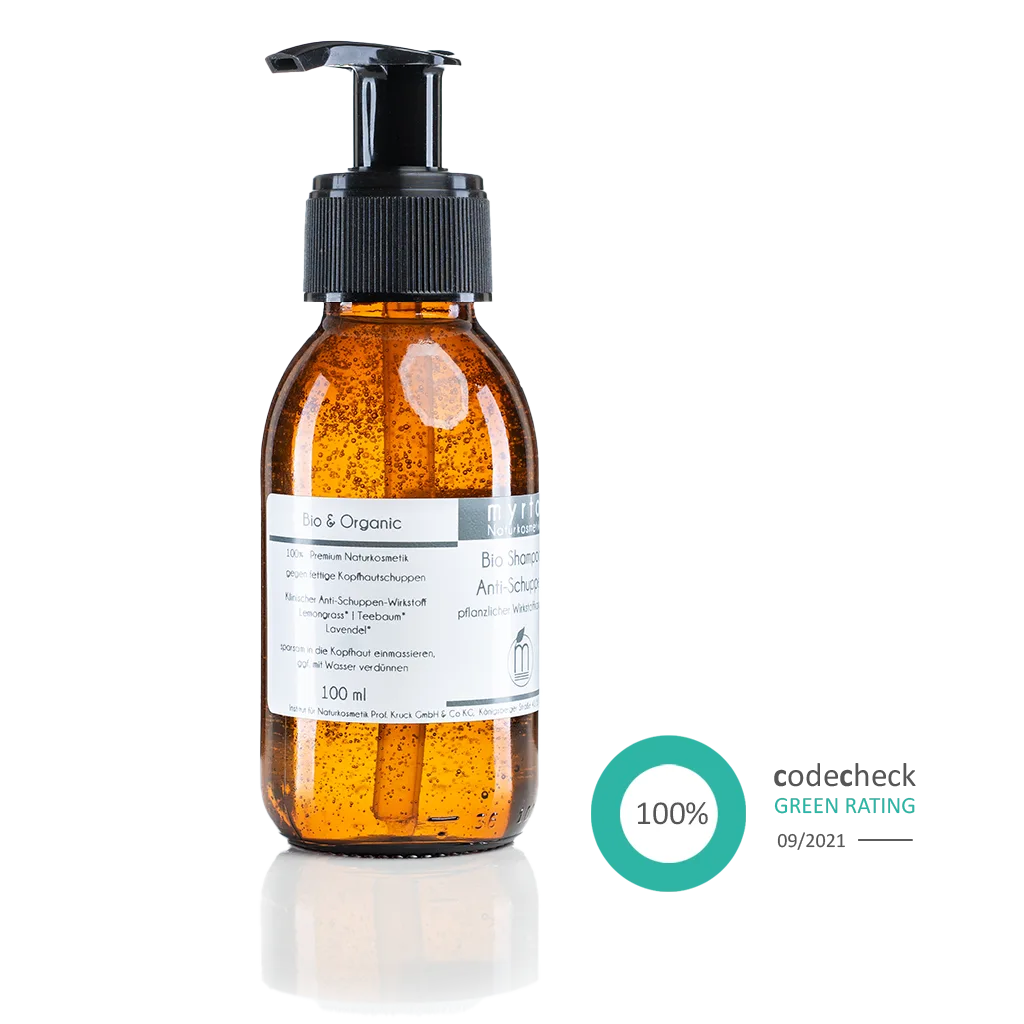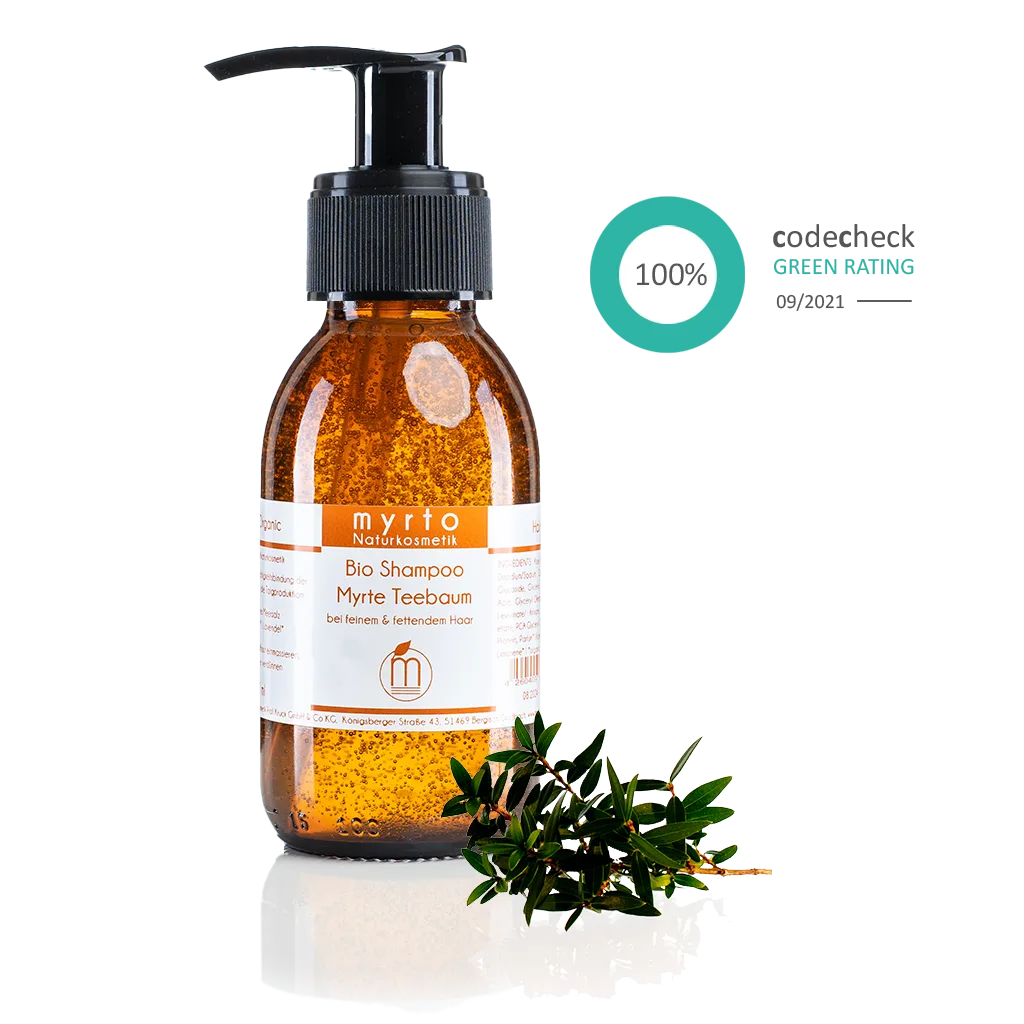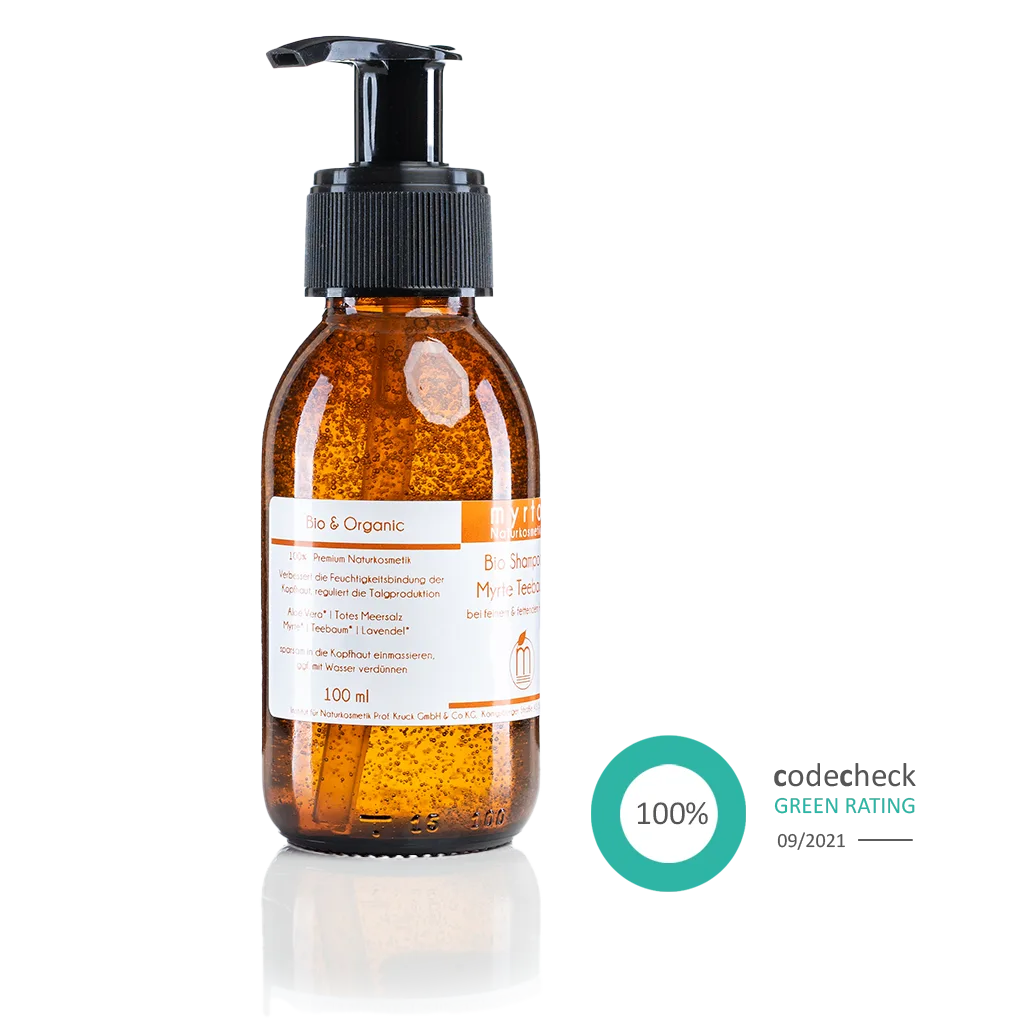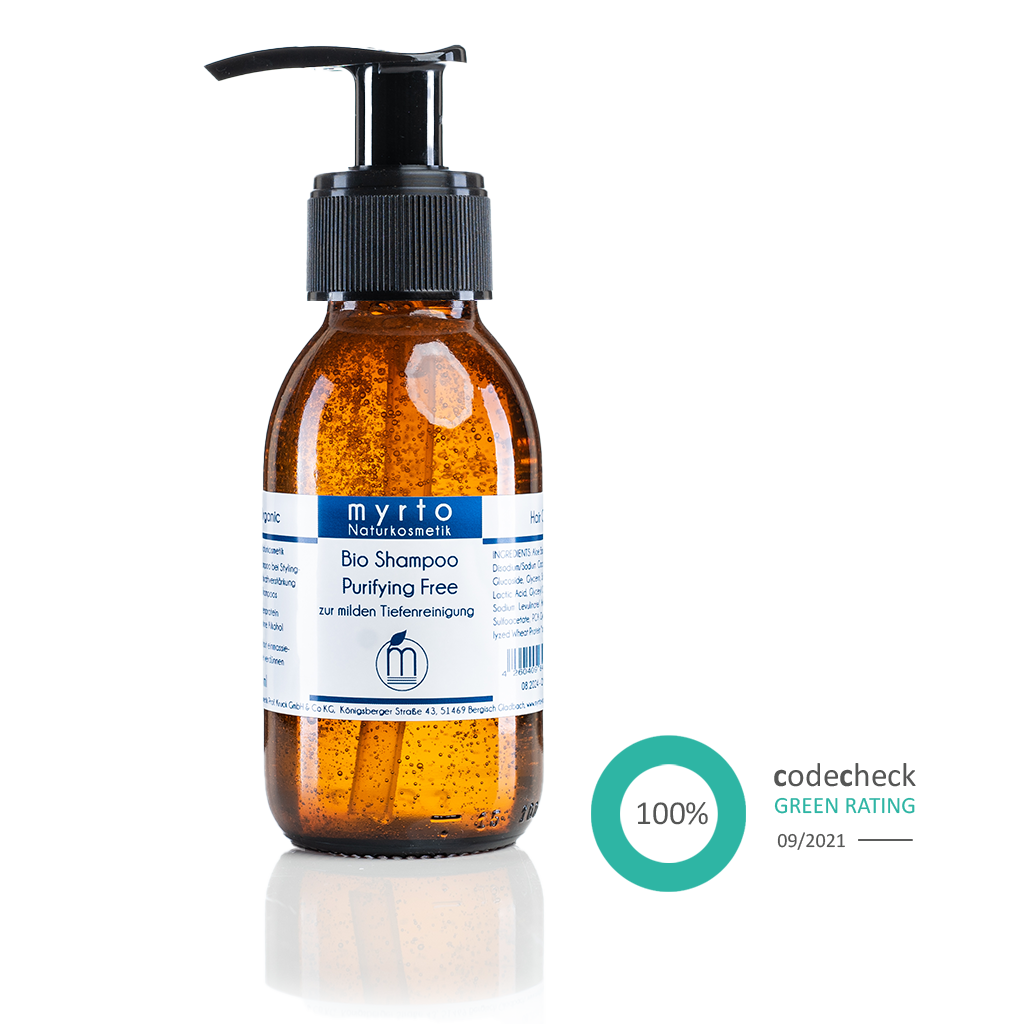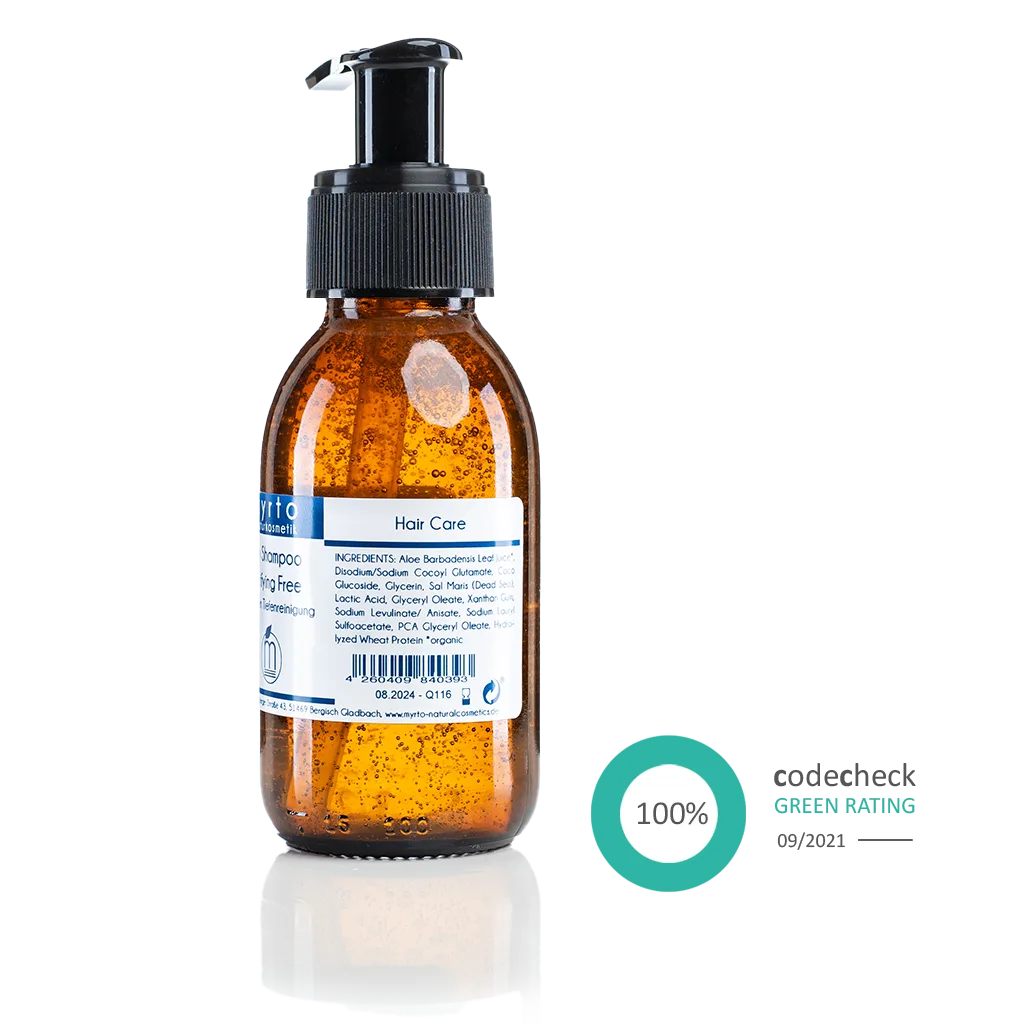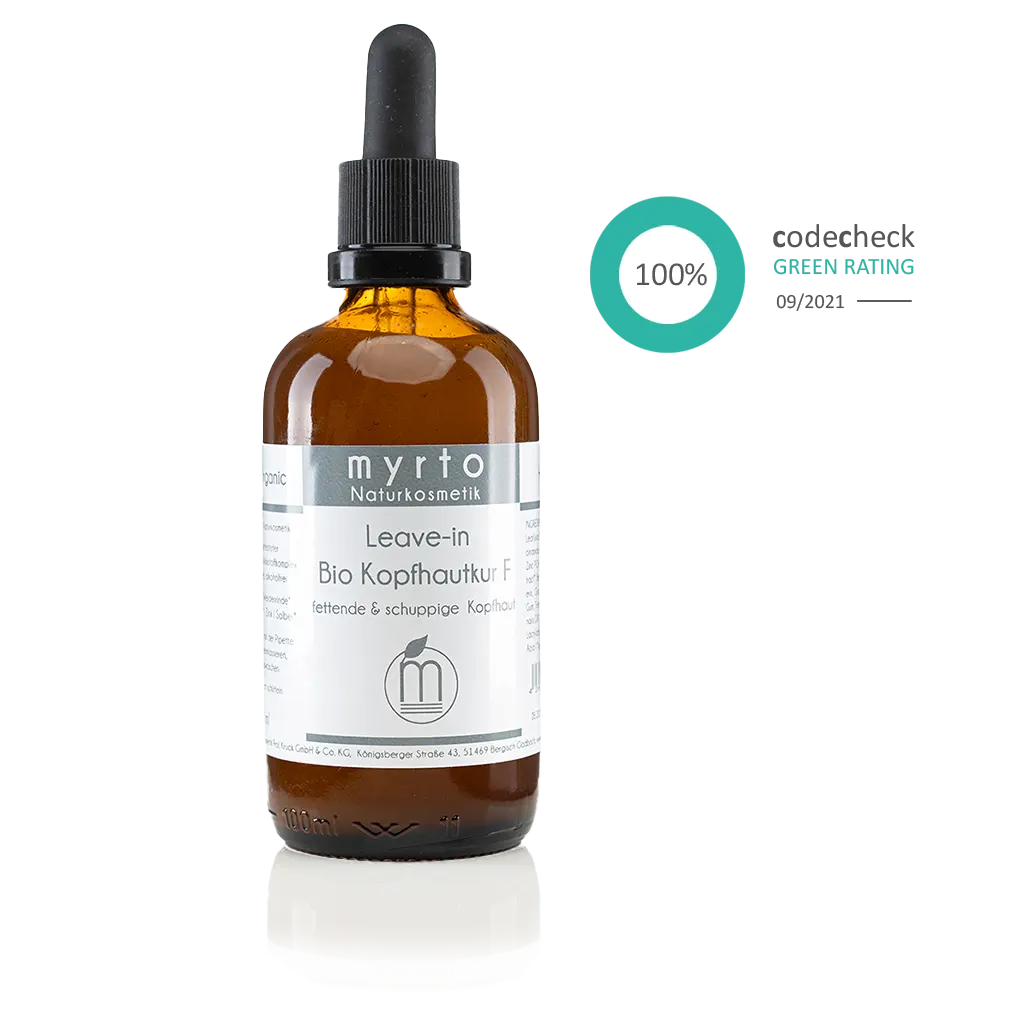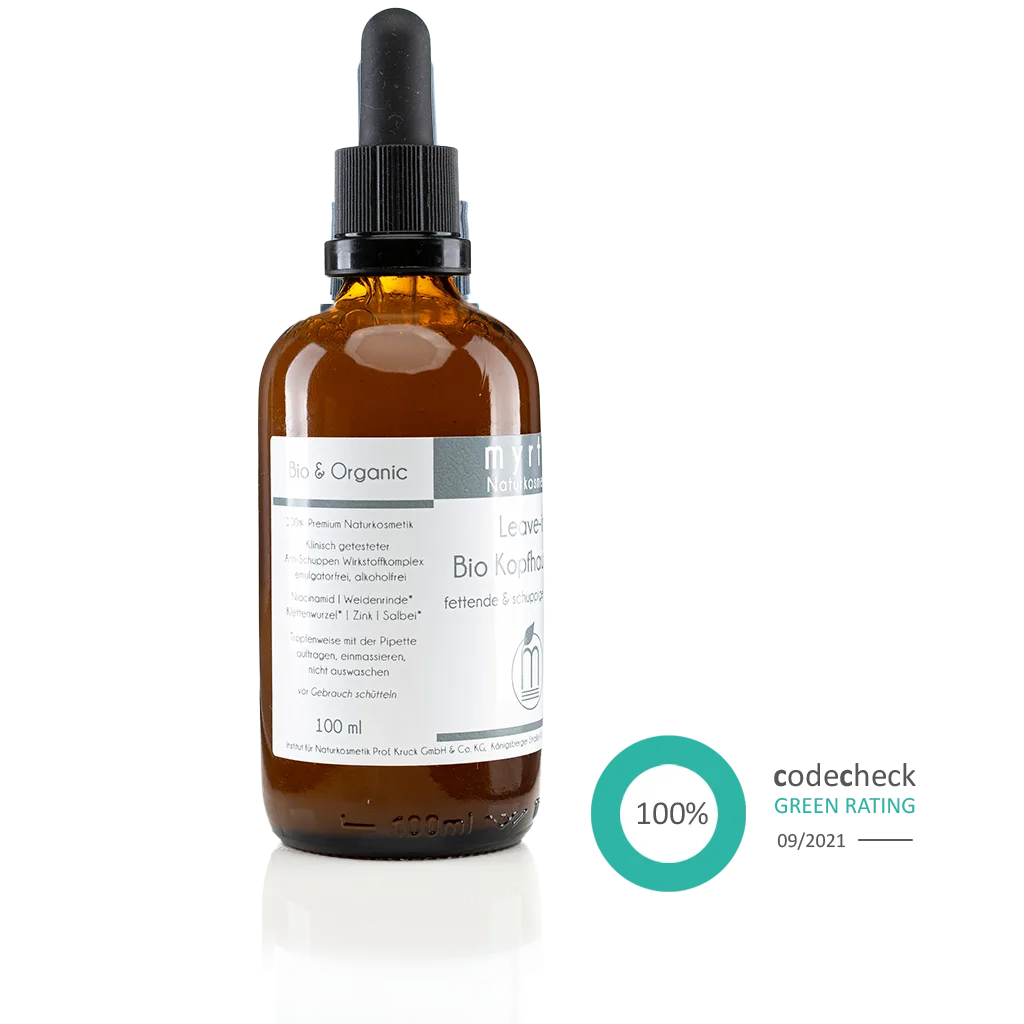Filters
Care for oily hair - tips for more volume and freshness
Greasy hair can be a real challenge. Just a few hours after washing, it looks stringy and flat, has excessive shine and lacks volume. Even daily washing often doesn't help, which is not only annoying, but also a burden on your self-confidence. Here you can find out why your hair gets greasy so quickly and how you can care for it effectively.
Why does hair get greasy quickly?
The reason for hair becoming greasy quickly is the overactivity of the sebaceous glands on the scalp. These glands produce sebum, a mixture of the skin's own fats, proteins and waxes. Sebum is important for keeping the scalp and hair supple and protecting them from environmental influences.
However, when the sebaceous glands produce too much sebum, it leads to a greasy roots that is more visible in fine, straight hair. Some common causes of excessive sebum production include:
- Hormonal changes: During puberty, menopause or hormonal treatments, sebum production can increase.
- Drug side effects: Some medications can affect sebum production.
- Diet: An unbalanced, fatty diet can lead to an overproduction of sebum.
- Psychological factors: Stress can disrupt the balance of the sebaceous glands. Those affected often notice that their hair becomes less greasy when on holiday by the sea, as the sun and salty air dry out the scalp.
9 Care Tips for Oily Hair
To get oily hair under control, here are our nine most important care tips for a balanced scalp and less rapid re-greasing:
- Wash your hair as needed: Traditionally, it is recommended to delay washing your hair for 2-3 days. However, with the mild myrto organic shampoos, this is not necessary. These products do not irritate the scalp and allow you to wash your hair daily if necessary. It is ideal to wash your hair in the morning, as the sebaceous glands are particularly active at night.
- Pay attention to the water temperature: Use lukewarm water when washing so as not to further stimulate sebum production.
- Air dry: Avoid blow-drying whenever possible to avoid overheating the scalp. If you must blow-dry, choose the lowest temperature and blow-dry from the ends to the roots for more volume.
- Comb instead of brush: Comb your hair gently with a comb to minimize the distribution of sebum from root to tip. Clean your combs regularly to remove residue.
- Choose a mild shampoo: Avoid aggressive surfactants such as sodium coco sulfate, which dry out the scalp and stimulate sebum production. Choose a mild organic shampoo with gentle, plant-based surfactants such as the myrto Organic Shampoo Myrtle Tea Tree . It cleanses gently and regulates sebum production in a natural way.
- Use conditioner specifically: Apply your conditioner only to the lengths of your hair and keep a distance of 1-2 hand widths from the scalp to prevent the roots from looking greasy.
- Use scalp serum: The myrto organic scalp treatment F is ideal for regulating sebum production and combating oily dandruff. The herbal formula contains willow bark for a light peeling effect and vitamin B3 (niacinamide) and zinc for sebum regulation.
- Adjust your eating habits: A balanced diet with plenty of fruits, vegetables and healthy fats can help make hair appear less greasy and balance the scalp.
- Be patient: It takes time for your scalp to get used to the new care habits. After a few weeks, you may notice that your hair is less greasy and you can delay washing your hair to every 2-3 days.
Oily hair can be annoying, but with the right care tips and products you can give it more volume and freshness. Make sure you choose the right shampoos and conditioners, adjust your care habits and be patient with your hair. This will make oily hair healthy, cared for and full of vitality again.



